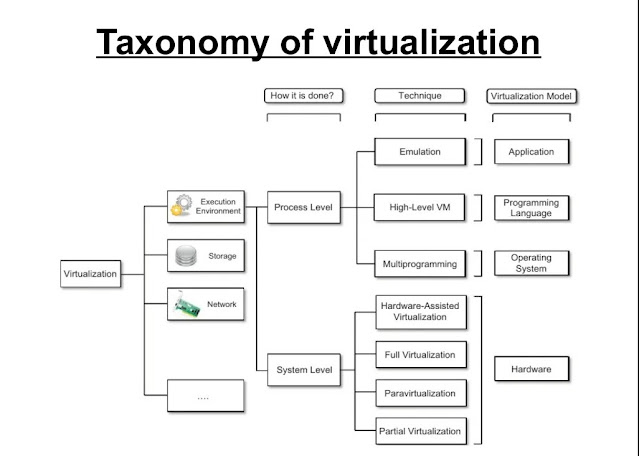Explain the client-side scripting technique for form validation show one example.
In client-side validation, the input data is checked as soon as they are submitted, for validation. So there is no post back to the server, like in server-side validation, and also there is no page refresh.
Here, we are doing form validation using jQuery by using jQuery validation plug-ins.
(jquery- validate.min.js and jquery.validate.undrussive.min.js)
Step1:- First we create an Employee Model (Employee. cs class file under a Model folder)
Using System.Component Model.Data-Annotations;
namespace Client Validation. Models
{
Public class Employee [Required (Error Message = "Name is Required")"]
public string Name {get ; set; }
}
}
[Required (Emor Message = "username is required")]
publice string Username = { get; set;}
}
}
Step2:- Creat controller's action method:
using System.Web.MVC;
using Client Validation.Models;
namespace Client Validation.Controllers;
{
public class Employee Controller: Controller
{
public Action Result Index ()
{
return View ();
}
Accept Verbs (HHp Verbs. Post)]
public Action Result Index (Employee model)
{
if (ModelState.IsValid)
{
View Bag.Name = model.Name;
View Bag.Email = model.Email;
}
return view (model);
}
}
}



Comments
Post a Comment